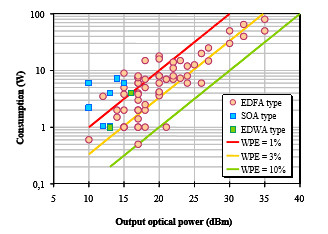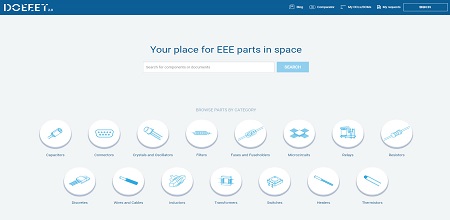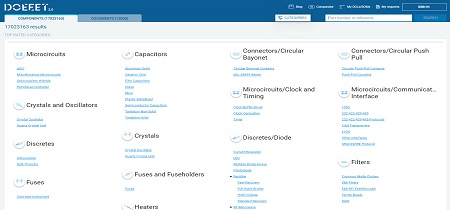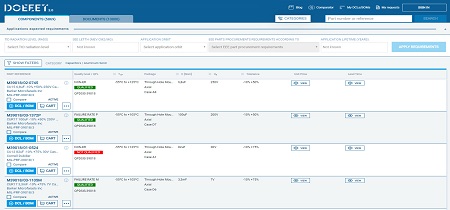Using Commercial Optical Amplifiers for Space
- Posted by Manuel Padial Pérez
- On February 25, 2020
- 0
ABSTRACT
This paper describes the activities and results of an ESA-funded project concerned with the assessment of optical amplifier technologies and products for applications in fiber optic subsystems of future satellite payloads. Onboard applications are briefly introduced, together with associated system-level requirements. Optical amplifier technologies, research achievements and products are reviewed.

Comparative wall-plug efficiency
They are compared in terms of current performance, perspectives and suitability for the target space applications. Optical fiber amplifiers, not limited to Erbium-doped amplifiers, Erbium-doped waveguide amplifiers, and Semiconductor Optical Amplifiers are covered. The review includes analysis and trade-off of all performance parameters including saturation output power, noise figure, polarisation maintaining capability, wall-plug efficiency, and mass and size. A selection of optical amplifier products for further evaluation and testing is presented. Results of extensive testing covering both functional performance and environmental behavior (mechanical, thermal vacuum, radiations) aspects are reported. Most of the work has been completed, but an extension has been proposed for checking and comparing the behavior of doped fibers under gamma radiation.
This paper describes the activities performed in the frame of the project High-Efficiency Optical Amplifier for On-board Fiber Optic Subsystem Applications (ESTEC contract n° 19871/06/NL/Sfe). This activity is concerned with the evaluation of optical amplifier technologies and products for applications in fiber optic subsystems of future satellite payloads.
A consortium formed by Alter Technology Group Spain as prime contractor, Thales Alenia Space France (TAS) and Universidad Politécnica de Madrid (UPM), as subcontractors, has carried out the work.
The project has been divided into two phases: a Selection Phase and a Testing Phase. First, a thorough review of the existing optical amplifier technologies and commercial products has been performed. This review included analysis of all performance parameters including saturation output power, noise figure, polarisation maintaining capability, wall-plug efficiency, mass, and size. A trade-off analysis of the performance of the off-the-shelf products with respect to the requirements of the target applications was completed, and a selection of available optical amplifier products was proposed to the European Space Agency for approval for further evaluation and testing. Second, the evaluation and testing of the selected devices focused mainly on those tests related to space environmental: radiation, vibration-shocks and thermal vacuum.
Test Plan
The test plan was defined considering the test related to space environmental mainly. Note that all the selected amplifiers were commercial devices not designed for space applications but with Telcordia qualification.
The following group of tests was proposed:
- Constructional analysis. One of the EDFAs with 6 devices available was used for initial constructional analysis in order to get a deep understanding of the technologies used.
- Electro-optical characterization at room, maximum and minimum operational temperature.
- Mechanical tests. Space level vibration (both sine and random) and SRS (Shock Response Spectrum) to simulate vibrations during launch and pyrotechnic shocks.
- Thermal vacuum cycling
- Radiation test. Both protons and gamma radiation campaigns.
- Final DPA (Destructive Physical Analysis)
GET IN TOUCH TODAY!
Do you have questions? Contact us!
- Hi-Rel Intermediate bus converter and point of load - December 11, 2021
- ASIC or FPGA, how to choose between them - October 25, 2021
- Ceramic Hermetic DDR2 SDRAM Memory avalaible for Space - September 13, 2021





0 comments on Using Commercial Optical Amplifiers for Space